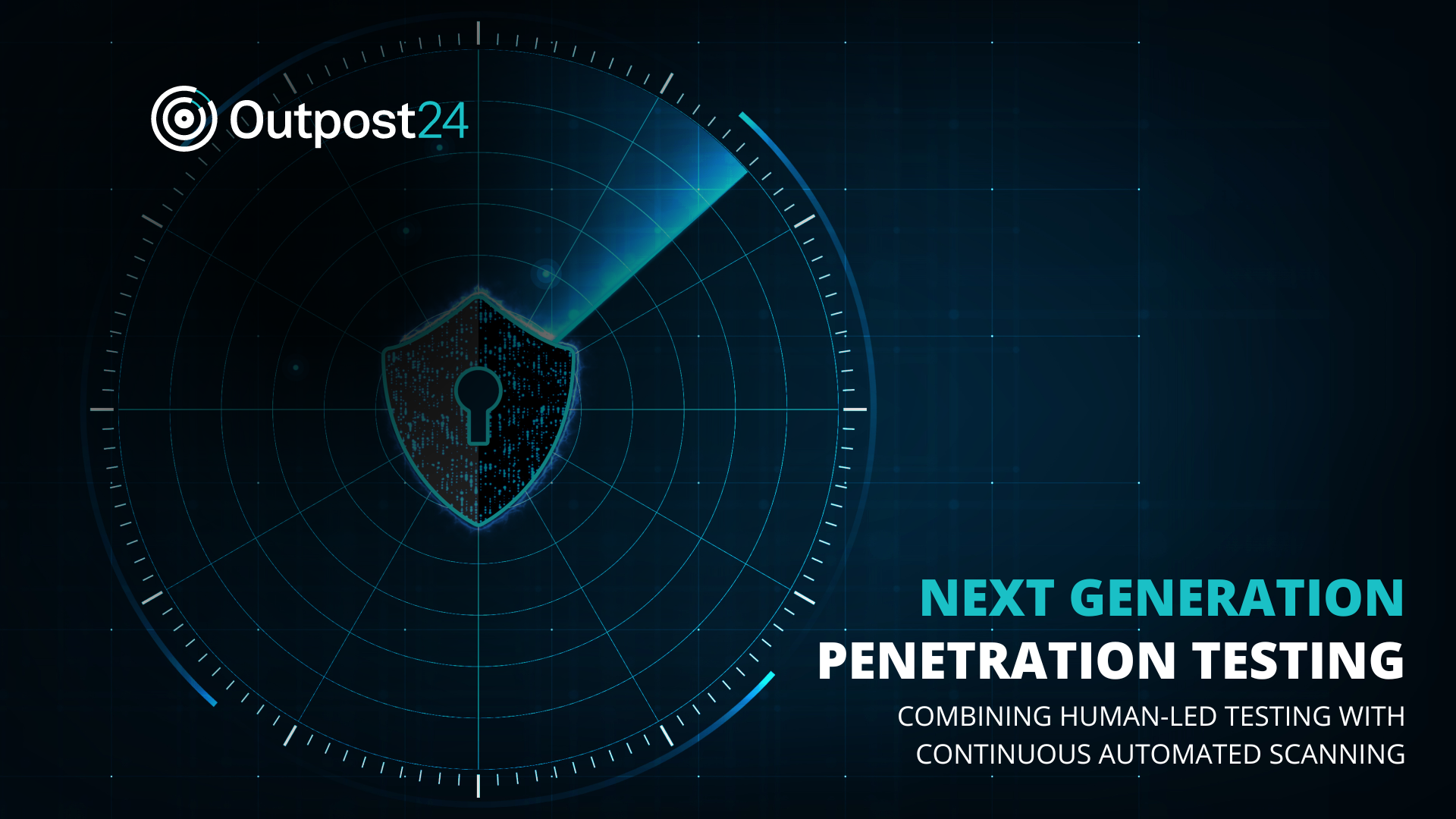Large businesses are the most vulnerable to cyber attacks
Password flaws, unsecured protocols and out-of-date software - enterprises have them all

Large enterprises are the least prepared of all companies against cyber crime, despite having greater budgets and resources, according to new research.
Contrary to received wisdom, larger companies performed the worst when assessed by cyber security consultancy firm Coalfire, in part due to their complex organisational structure and large attack surface built from multiple acquisitions.
Researchers' assumptions that SMBs would be the most at risk due to a lack of firm process and procedure, as well as staffing and budget weaknesses, were defied in Coalfire's first annual Penetration Risk Report, with midsized businesses hitting what the report dubbed a "cyber security sweet spot".
The report's findings, based on 310 penetrations tests across 148 organisations of various sizes, showed that while large enterprises are too diverse and complex to uniformly protect their entire architecture, midsized businesses provide the best configuration to best secure their environments.
Among all types of penetration tests conducted on large organisations, 49% of vulnerabilities found were deemed high risk, versus 38% for small businesses and 34% for medium businesses.
"Large organizations do not become large organizations entirely on their good looks and charm," the report said. "For many companies, growth is largely 'inorganic', achieved through mergers and acquisitions. As the asset collection grows, the attack surface grows.
"An acquiring company with its own asset management challenges often integrates other companies that come with their unique asset management challenges. When you mix poor asset management into a growing attack surface, you find the security posture will erode quickly, as it is inversely proportional to the growth of the attack surface."
Sign up today and you will receive a free copy of our Future Focus 2025 report - the leading guidance on AI, cybersecurity and other IT challenges as per 700+ senior executives
Rapid change, shadow IT and employee turnover were all highlighted as factors that contributed to a "cyber-dynamic" environment within enterprises that is harder to control and get full visibility into, with internal networks considered the biggest vulnerability.
But while large organisations proved best at defending against phishing and other social engineering attacks, midsized businesses performed best at protecting their assets and mitigating their overall security risks.
"Our extensive penetration tests flip the thinking that large enterprises are the most secure, even with significant cyber security budgets and investments in staffing and other resources," said Andy Barratt, Coalfire's UK managing director.
"However, this doesn't apply to social engineering where large corporates are more secure. Despite bigger companies outperforming their smaller rivals in this area, it's clear that human error poses the greatest risk to businesses of all sizes. Whether you're a FTSE 100 company or an SMB, the chances are that staff are your cyber security Achilles' heel."
The researchers also found that internal networks showed higher risk factors than external networks - despite their presumption that internet-based attacks represented a greater threat - while human error was the weakest security link in an organisation, given the prevalence of phishing attacks.
Unsecured protocols, password flaws, missing system patches, out-of-date software and cross-site scripting, meanwhile, comprised the top five most common enterprise vulnerabilities in both external and internal networks. But phishing attacks were identified as the gateway for attackers to infiltrate an organisation on a deeper level.
Coalfire's researchers issued recommendations for organisations of all sizes to follow, including implementing two-factor authentication, expanding patch management beyond Windows Update, as well as maintaining an accurate inventory of systems and their dependencies.
Beyond general advice, small businesses were encouraged to integrate security checkpoints in engineering and development processes, while midsized business were urged to focus investment on mitigating human error, particularly in developing programmes to boost cyber security awareness, and engaging employees in social engineering testing.
The report recommended that large companies prioritise asset management, and focus on raising the level of visibility across the entire organisation, given the greater tendency for these companies to suffer from "technology sprawl and complex, decentralised operations".

Keumars Afifi-Sabet is a writer and editor that specialises in public sector, cyber security, and cloud computing. He first joined ITPro as a staff writer in April 2018 and eventually became its Features Editor. Although a regular contributor to other tech sites in the past, these days you will find Keumars on LiveScience, where he runs its Technology section.
-
 EU lawmakers want to limit the use of ‘algorithmic management’ systems at work
EU lawmakers want to limit the use of ‘algorithmic management’ systems at workNews All workplace decisions should have human oversight and be transparent, fair, and safe, MEPs insist
-
 Pure DC’s announces 'Europe’s largest standalone hyperscale data center lease' in Amsterdam — but who is the mystery customer?
Pure DC’s announces 'Europe’s largest standalone hyperscale data center lease' in Amsterdam — but who is the mystery customer?News The company is now constructing a 78MW campus in Westpoort, Amsterdam
-
 Pentesters are now a CISOs best friend as critical vulnerabilities skyrocket
Pentesters are now a CISOs best friend as critical vulnerabilities skyrocketNews Attack surfaces are expanding rapidly, but pentesters are here to save the day
-
 Cyber professionals call for a 'strategic pause' on AI adoption as teams left scrambling to secure tools
Cyber professionals call for a 'strategic pause' on AI adoption as teams left scrambling to secure toolsNews Security professionals are scrambling to secure generative AI tools
-
 Bugcrowd’s new MSP program looks to transform pen testing for small businesses
Bugcrowd’s new MSP program looks to transform pen testing for small businessesNews Cybersecurity provider Bugcrowd has launched a new service aimed at helping MSP’s drive pen testing capabilities - with a particular focus on small businesses.
-
 Building a new approach to security with the next generation of penetration testing
Building a new approach to security with the next generation of penetration testingSponsored Combining human-led testing with continuous automated scanning can elevate your security regime
-
 OpenAI to pay up to $20k in rewards through new bug bounty program
OpenAI to pay up to $20k in rewards through new bug bounty programNews The move follows a period of unrest over data security concerns
-
 Kali Linux releases first-ever defensive distro with score of new tools
Kali Linux releases first-ever defensive distro with score of new toolsNews Kali Purple marks the next step for the red-teaming platform on the project's tenth anniversary
-
 Podcast transcript: Meet the cyborg hacker
Podcast transcript: Meet the cyborg hackerIT Pro Podcast Read the full transcript for this episode of the IT Pro Podcast
-
 The IT Pro Podcast: Meet the cyborg hacker
The IT Pro Podcast: Meet the cyborg hackerIT Pro Podcast Resistance is futile - offensive biotech implants are already here